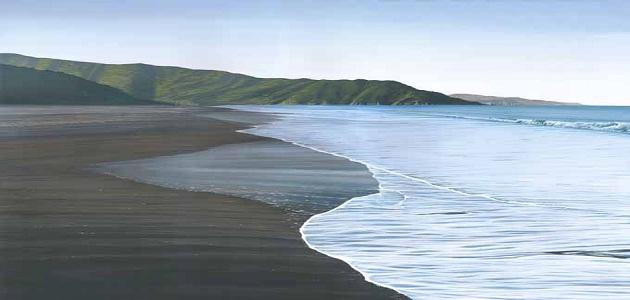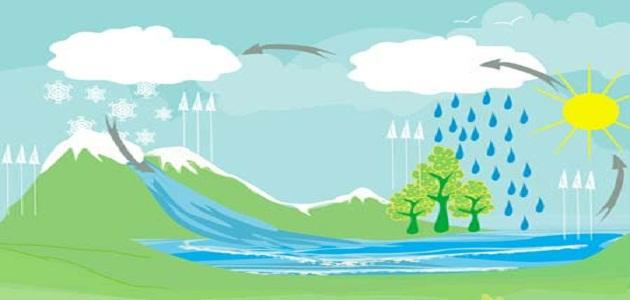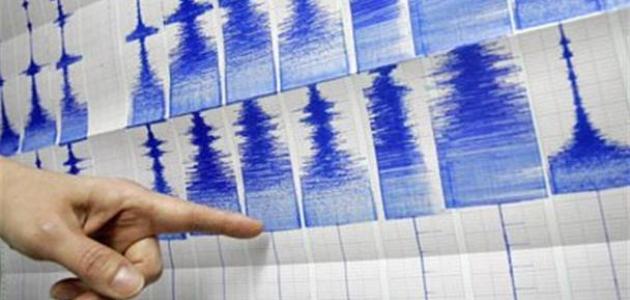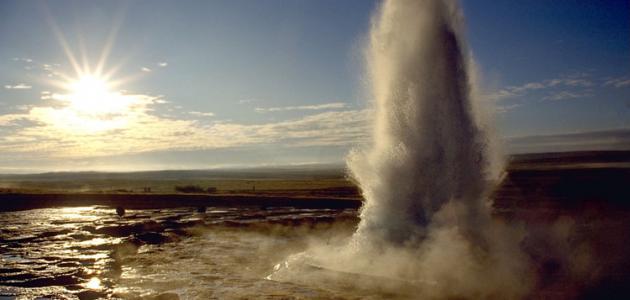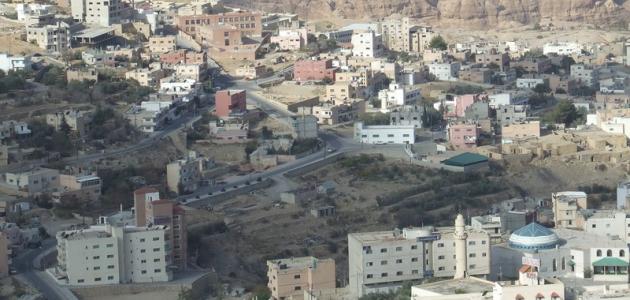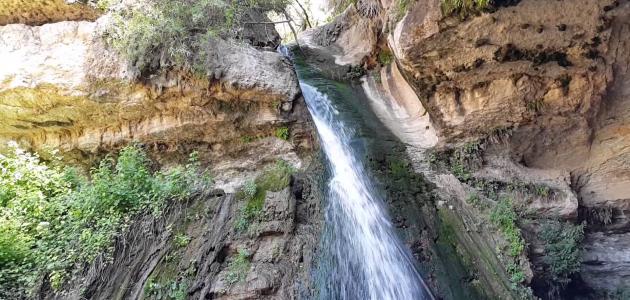Tides
Tides are defined as the successive and repeated rise and fall of sea waves in the shallow area next to the beach, and they occur as a result of gravitational interactions between the Earth, the Sun, and the Moon. Tidal waves usually follow the movement of water currents, and are most noticeable in narrow coasts and bays, where the water may rise several feet within a few hours and disappear before reaching the shore.
Benefits of tides for coastal residents
Coastal residents benefit greatly from tidal phenomena, as:
- The tides are very important for people who practice surfing, as the waves rise and fall, creating an ideal environment for this sport.
- She helps young boys swim by always pushing them towards the beach.
- It helps fishermen to land their boats in the sea when the tide recedes during the low tide process, and when the fishing is finished the tide also helps them to enter the ports.
- Tides help clean coasts and harbors of impurities by pushing debris and dirt from the shore into the depths.
- It is useful in helping large ships and ships enter ports.
- It helps the water not freeze due to the constant movement in the waves.
- It helps fishermen in their fishing, as small fish are concentrated in tidal areas and are considered bait that attract larger fish, making it easier for fishermen to catch them.
- Tidal movement, which aids in reproduction, transports fish eggs from estuaries to the seas, and also transports nutrients from the seas to rivers.
- Tides are used to generate energy.
Advantages of generating energy from tidal waves
The phenomenon of tides can be used to generate energy, and this method has many advantages, including:
Read also:How was the Earth formed- It is a renewable source of energy, because it results from the gravitational interactions between the sun and the moon and the Earth's rotation.
- It is an environmentally friendly source, as it does not emit any harmful gases.
- It can be predicted and thus energy systems can be developed with correct dimensions.
- It has a long life, making it a competitive source of energy.
- It is used to protect coasts, when building dams and bridges used to generate them.
- Reduce the import of fuel from abroad.
